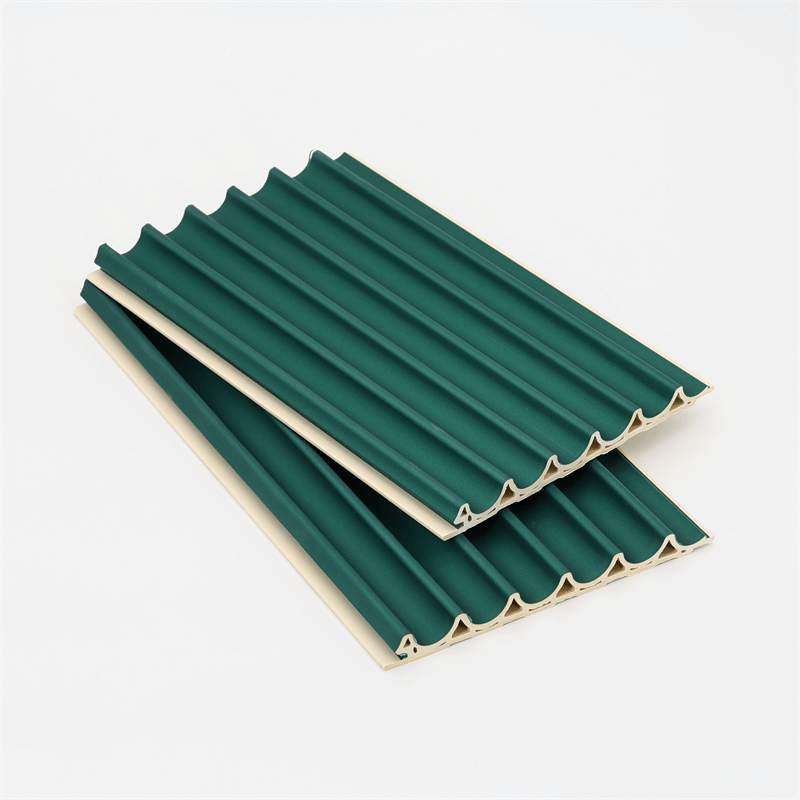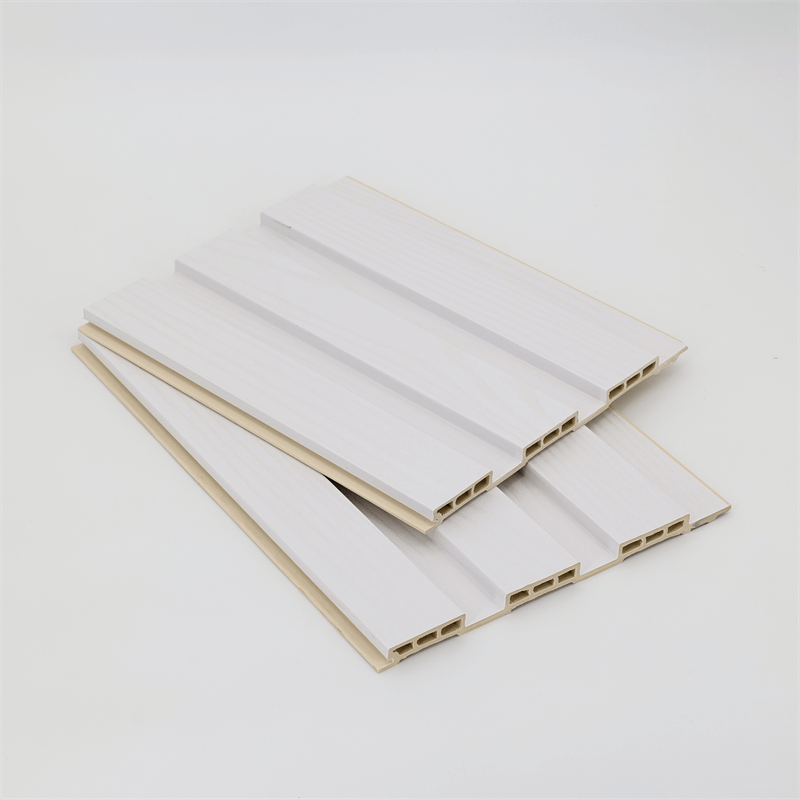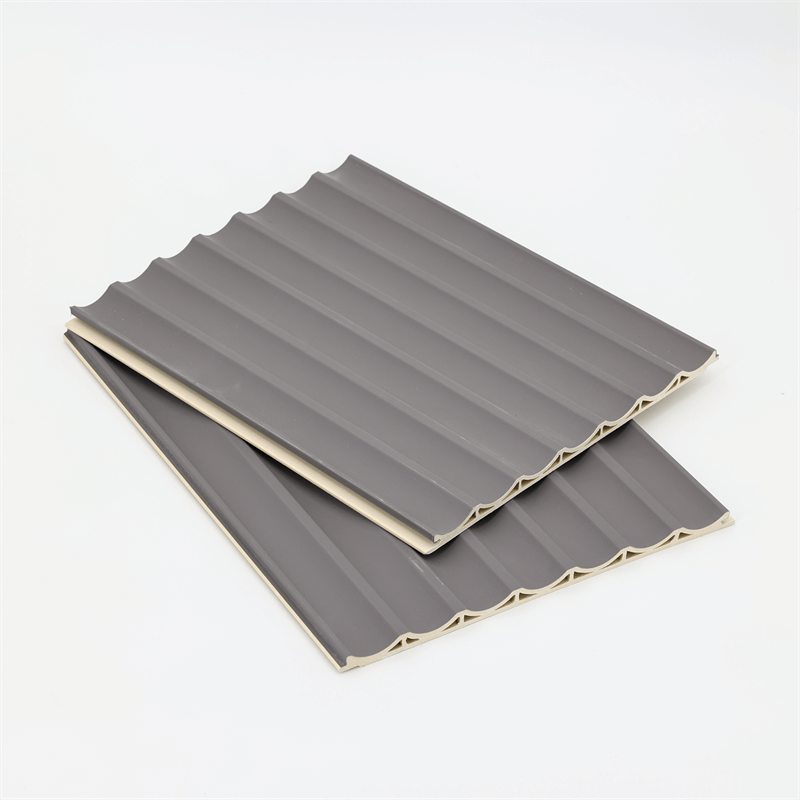Contemporary architecture is characterized by its emphasis on clean lines, minimalism, and innovative materials.
In recent years, Wood Plastic Composite (WPC) wall panels have gained prominence as a popular choice for integrating sustainable and aesthetically appealing elements into contemporary architectural designs.
This essay explores the trends and applications of WPC wall panels in contemporary architecture, highlighting their versatility, eco-friendliness, durability, and ability to create a seamless integration with modern design principles.
By examining these aspects, we can understand why WPC panels have become a preferred choice for architects and designers seeking to achieve a harmonious blend of functionality and aesthetics in contemporary structures.
I. Versatility in Design: Complementing Modern Architecture
WPC wall panels offer versatility in design, making them an ideal choice for integrating into contemporary architecture.
These panels come in various colors, textures, and finishes, allowing architects and designers to achieve a cohesive and harmonious look.
Whether aiming for a sleek and minimalist appearance or a bold and textured facade, WPC panels can be customized to suit the specific design intent of the project.
Their ability to mimic the look and feel of natural materials like wood, stone, or metal adds depth and visual interest to contemporary structures, creating a seamless integration between the built environment and its surroundings.
II. Eco-Friendliness: Sustainable Building Practices
One of the key advantages of WPC wall panels is their eco-friendliness, aligning with the principles of sustainable architecture.
These panels are made from a combination of wood fibers and recycled plastics, reducing the demand for virgin materials and diverting waste from landfills.
By incorporating WPC panels into contemporary designs, architects contribute to the conservation of natural resources and the reduction of carbon footprint.
Additionally, the manufacturing process of WPC panels involves lower energy consumption compared to traditional cladding materials, further enhancing their eco-friendly credentials.
The integration of WPC panels in contemporary architecture promotes sustainable building practices and creates a more environmentally conscious built environment.
III. Durability and Low Maintenance: Longevity in Modern Structures
Contemporary architecture emphasizes durability and low maintenance requirements, and WPC wall panels excel in these aspects.
The composite material used in WPC panels provides exceptional resistance to cracking, warping, and splintering, ensuring the longevity and structural integrity of the cladding.
Unlike traditional materials that may require regular maintenance or replacement, WPC panels are highly durable and require minimal upkeep.
The low maintenance nature of WPC panels is particularly beneficial in contemporary designs, where simplicity and functionality are key design principles.
Architects and building owners can rely on WPC panels to maintain their aesthetics and performance over time, reducing the need for costly and time-consuming maintenance.
IV. Seamless Integration: Creating a Harmonious Design
Seamless integration is a crucial aspect of contemporary architecture, and WPC wall panels offer the ability to create a harmonious design that flows effortlessly.
These panels can be installed with precision, creating clean lines and a uniform appearance.
Their lightweight nature and easy installation process make them suitable for various applications, including exterior facades, interior feature walls, and decorative accents.
The seamless integration of WPC panels enhances the overall visual appeal of contemporary structures, creating a cohesive and visually pleasing design that complements the architectural concept.

Integrating WPC wall panels in contemporary architecture provides architects and designers with a versatile, sustainable, and visually appealing option for enhancing the aesthetics and functionality of modern structures. The versatility in design allows for customization and the creation of a cohesive look that complements the architectural concept.
The eco-friendliness of WPC panels aligns with sustainable building practices, promoting the conservation of resources and the reduction of carbon footprint.
Their durability and low maintenance requirements contribute to the longevity and cost-effectiveness of contemporary designs.
Finally, the seamless integration of WPC panels creates a harmonious design that flows effortlessly, enhancing the overall visual appeal of the structure.
By incorporating WPC wall panels into contemporary architectural projects, architects and designers can achieve a balance between functionality and aesthetics, creating sustainable and visually striking structures.
The trends and applications of WPC panels in contemporary architecture showcase their adaptability, eco-friendliness, durability, and ability to seamlessly integrate with modern design principles.
As the demand for sustainable and visually appealing building materials continues to rise, WPC panels are likely to play a prominent role in shaping the future of contemporary architecture.
WPC wall panels have become a popular choice for integrating sustainable and aesthetically appealing elements into contemporary architecture.
Their versatility in design allows for customization and the creation of a cohesive look that complements modern architectural concepts.
The eco-friendliness of WPC panels aligns with sustainable building practices, promoting the conservation of resources and reducing carbon footprint.
Additionally, their durability and low maintenance requirements make them ideal for contemporary structures that emphasize longevity and cost-effectiveness.
Furthermore, the seamless integration of WPC panels creates a harmonious design that enhances the overall visual appeal of the building.
As the demand for sustainable and visually striking building materials continues to rise, WPC panels are likely to play a prominent role in shaping the future of contemporary architecture.
Architects and designers can rely on the versatility, eco-friendliness, durability, and seamless integration of WPC wall panels to achieve their design objectives and create structures that are both functional and visually striking.
In conclusion, integrating WPC wall panels in contemporary architecture offers architects and designers a range of benefits.
These panels allow for versatility in design, eco-friendliness, durability, and seamless integration, all of which contribute to the creation of sustainable and visually appealing structures.
By incorporating WPC panels into their designs, professionals can achieve a balance between functionality and aesthetics, meeting the demands of modern architecture and contributing to a more sustainable built environment.


